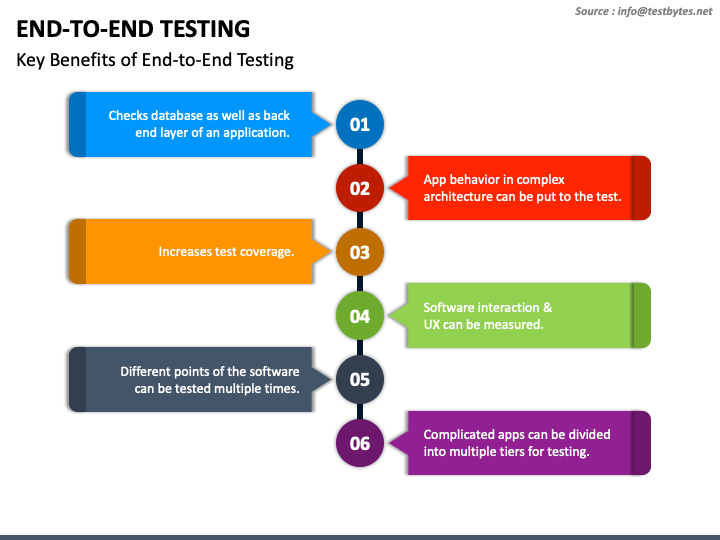In typically the rapidly advancing discipline of artificial intellect (AI), ensuring fairness and mitigating opinion have become vital concerns. AI systems, otherwise carefully made and monitored, could perpetuate or perhaps exacerbate existing social biases, bringing about discriminatory outcomes. Addressing these kinds of issues requires a multifaceted approach involving detection, analysis, in addition to remediation of biases within AI designs. This informative article explores approaches for identifying and even mitigating bias within AI systems to promote fairness and avoid discriminatory patterns.
Comprehending Bias in AJE
Bias in AJE refers to methodical and unfair elegance against certain groups or individuals structured on attributes this kind of as race, sex, age, or socioeconomic status. These biases often arise through the data used in order to train AI types, that might reflect historic inequalities or prejudiced human decisions. For instance, in case a recruitment AI system is trained on historical selecting data coming from a company that has in the past favored male candidates, the AI may well learn and enhance this gender opinion.
Techniques for Finding Bias in AJE Designs
Data Examination and Auditing
Descriptive Statistics: One regarding the first methods in identifying opinion is analyzing typically the training data with regard to imbalances. Descriptive data can reveal disparities in representation across different demographic groupings. For example, when an AI model is used for credit scoring, auditing the data intended for the proportion involving approved loans among different racial or even gender groups may highlight potential biases.
Disparate Impact Examination: This technique analyzes whether the AJE system disproportionately affects certain groups. With regard to instance, in the event that an AI model utilized for work screening inadvertently displays out more female applicants when compared to guy applicants, it could reveal a disparate effect. This can become quantitatively analyzed making use of metrics such since the Impact Proportion, which compares the acceptance rates in between different groups.
Prejudice Detection Algorithms
Fairness Metrics: Several fairness metrics are used to measure prejudice in AI designs. Examples include:
Demographic Parity: Measures whether diverse groups receive the particular same proportion associated with favorable outcomes.
Equalized Odds: Ensures that the error rates (false positives and false negatives) are similar across different organizations.
Predictive Parity: Analyzes whether the model’s predictions are every bit as accurate for different groups.
Algorithmic Audits: Automated tools plus libraries, such because AI Fairness fish hunter 360 by IBM and even Fairness Indicators by Google, provide frameworks for auditing AJE models. They examine models against different fairness metrics and even generate reports about potential biases.
Unit Interpretability and Openness
Feature Importance Evaluation: By examining which often features are most influential within the AI model’s decision-making process, one can determine if any features are leading to be able to biased outcomes. With regard to example, if a type uses Codes because a feature and it leads to discriminatory results, this may indicate a prejudice related to geographic location.
Explainable AJE (XAI): XAI approaches, such as SHAP (SHapley Additive exPlanations) and LIME (Local Interpretable Model-agnostic Explanations), assist in understanding how models make decisions. By analyzing typically the explanations provided by these kinds of methods, developers can easily identify and tackle potential causes of tendency.
Techniques for Mitigating Bias in AJE Models
Preprocessing Info
Data Balancing: Approaches such as resampling or reweighting may address imbalances throughout the training info. For instance, oversampling underrepresented groups or perhaps undersampling overrepresented teams can create a new more balanced dataset.
Data Augmentation: Producing synthetic data to augment underrepresented teams can help within balancing the dataset. However, this technique requires careful design and style to ensure that augmented data precisely represents real-world cases.
Algorithmic Adjustments
Justness Constraints: Incorporating fairness constraints into the particular training process could help mitigate prejudice. For example, fairness-aware algorithms can end up being designed to boost for both precision and fairness with the help of constraints that guarantee equal treatment across different groups.
Adversarial Debiasing: This strategy involves using adversarial networks to reduce bias. An adversarial debiasing model contains a bias metal detector (discriminator) that attempts to detect biased forecasts, while the major model learns to be able to make predictions of which are both correct and fair.
Post-processing Adjustments
Recalibration: Modifying the outputs from the AI model to ensure fair outcomes can be achieved through recalibration approaches. For example, the model’s predictions can easily be adjusted to achieve demographic parity or perhaps equalized odds after the initial predictions are manufactured.
Bias Mitigation Tools: Tools and frames that provide post-processing techniques for bias minimization can be used. These tools adjust your decision thresholds or reweight the particular predictions to advertise justness.
Case Studies in addition to Real-World Programs
Employing Algorithms: Companies such as Amazon have confronted challenges with AI-driven hiring tools showing gender biases. Simply by implementing next and fairness metrics, they have manufactured strides in upgrading their algorithms to make certain gender neutrality within candidate selection.
Felony Justice Systems: Predictive policing algorithms include faced scrutiny with regard to racial bias. Pursuits to audit plus adjust these methods, including using fairness constraints and recalibration techniques, have already been critical in addressing problems and endorsing equity in rules enforcement.
Healthcare AI: AI models utilized for predicting wellness outcomes or suggesting treatments have displayed biases based upon race or socioeconomic status. By employing justness metrics and adversarial debiasing, healthcare suppliers are working toward more equitable AI systems that assure fair treatment for all those patients.
Conclusion
Dealing with bias and endorsing fairness in AJE systems is a new complex but vital task. By making use of techniques for detecting and mitigating biases, organizations can develop AI models that will are not just accurate but likewise equitable. The dedication to fairness must be ongoing, including continuous monitoring, modernizing, and refinement involving AI systems to be able to adapt to evolving societal norms and even values. Through these types of efforts, we may harness the strength of AI whilst ensuring it serves all individuals fairly and justly.